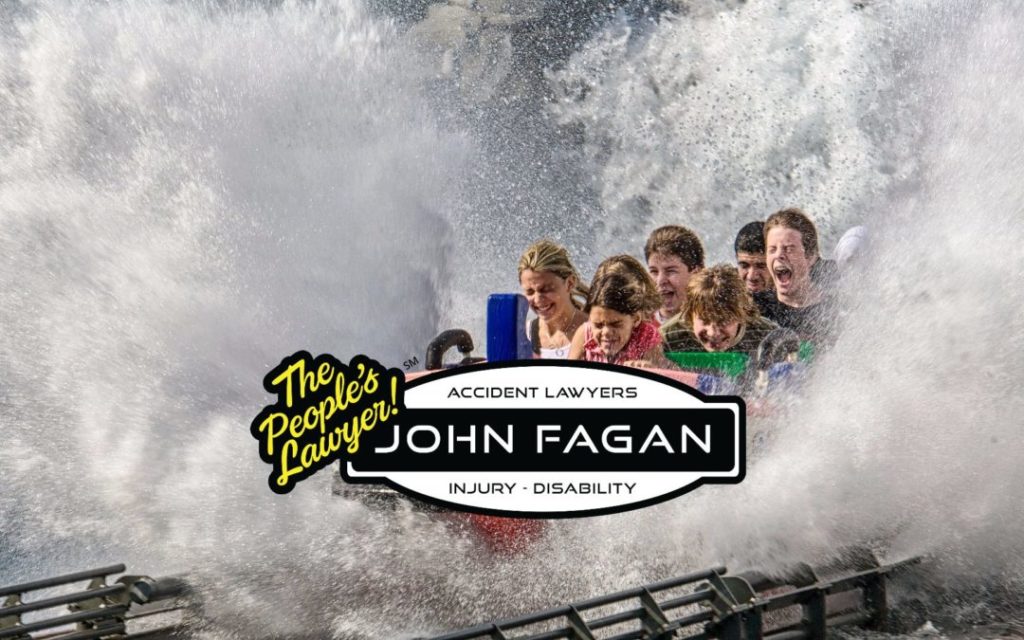Water parks can make for refreshing family fun on a hot
summer day. After all, who doesn’t love the thrill of speeding down a twisting
slide and making that huge splash into the cool water at the end? That’s why
approximately 85 million people visited the nation’s 1,300 water parks in 2015.
But in addition to being a huge source of summer fun, water
parks can be a place of danger. While most visitors head to the parking lot at
the end of the day wet and tired but intact, the lack of national safety
oversight, the slipshod design and construction (and spotty inspection) of some
park attractions, and the inconsistent enforcement of local and state safety
codes inevitably mean that some visitors could get hurt or even killed. In
fact, the U.S. Consumer Product Safety Commission estimates that more than
4,200 people are taken to emergency rooms each year for scrapes, concussions,
broken limbs, spinal injuries and other serious injuries sustained at water
parks each year.
Some visitors have even died from water park mishaps. So if
you or a loved one is injured at a water park, it’s important to speak with an
attorney to see what kinds of rights you might have. Depending on the situation,
you might be able to hold the park’s operators (or the designer or builder of
the ride) accountable.
Take the case of Caleb Schwab, a 10-year-old boy who was
killed at Schlitterbahn Waterpark in Kansas City last summer while riding the
“Verruckt” (the German word for “insane”). On this particular attraction, which
the park advertised as the world’s tallest water slide, riders sit in
multi-person rafts and experience what the park boasts is a “jaw dropping”
17-story drop — taller than the Statue of Liberty or Niagara Falls — at speeds
of up to 70 miles per hour before being blasted back up a second hill and
dropped another 50 feet into a pool.
While specific details are sketchy, some observers say Caleb
was ejected from his seat, possibly due to faulty harness straps, and an anonymous
witness said he was decapitated in the accident. The ride had been reengineered midway through
construction when sandbags flew off during early tests, and after it opened riders
had complained of shoulder straps breaking, forcing riders to grip handles with
their legs to hold on. One of the park’s owners also apparently admitted that
he and the designer based their design calculations on roller coasters, which
don’t necessarily translate well to water slides. What’s more, state regulators
hadn’t inspected the park since 2012, two years before the ride opened.
Caleb’s family ultimately sued the park’s Texas-based owner
and the manufacturer of the raft. The case settled out of court for a
confidential amount, but the family still may seek to hold other parties
responsible, including the designer of the ride.
Another recent case involves a man who visited Sahara Sam’s
Oasis Indoor and Outdoor Water Park in New Jersey in 2010. The visitor, Roy
Steinberg, fell off a simulated surfboard on the park’s “FlowRider” attraction.
When he fell, he struck his head on the bottom of the pool, causing a spinal
cord injury that left him a partial paraplegic. When he sought to hold the park
responsible, a trial court threw out his case because before entering the park
Steinberg had apparently signed a liability waiver absolving the park of
responsibility for any harm he might suffer as a result of its negligence.
But the New Jersey Supreme Court overturned the decision.
According to the court, the park had committed “gross negligence” by failing to
post updated safety instruction signs provided by the manufacturer that if
followed might have prevented the injury. Further, patrons who sign a liability
waiver are only waiving claims for “ordinary” negligence, not “gross”
negligence, the court said.
This provides an important lesson that even if you sign a
waiver when you visit a water park, it’s still worth talking to a lawyer.
Water parks without exotic, over-the-top attractions like
Verruckt and FlowRider pose risks too. For example, while the water in most
pools at water parks is shallower than three feet, there is still a risk of
harm, particularly for weak swimmers or children. The risk is heightened in
wave pools, where someone can be knocked over and suffer a concussion or even
drown.
None of this is to suggest that you shouldn’t be taking your
family to a water park on a hot summer day. But you should know the risks and be
ready to assess for yourself whether a particular feature seems safe for you or
your kids. You might also want to look into who inspects the park and how
frequently. If you do suffer an injury at a water park and you suspect it’s
related to park operation and design, absolutely talk to an attorney to find
out how you can best proceed.






